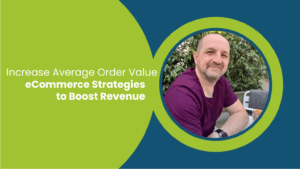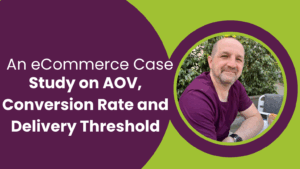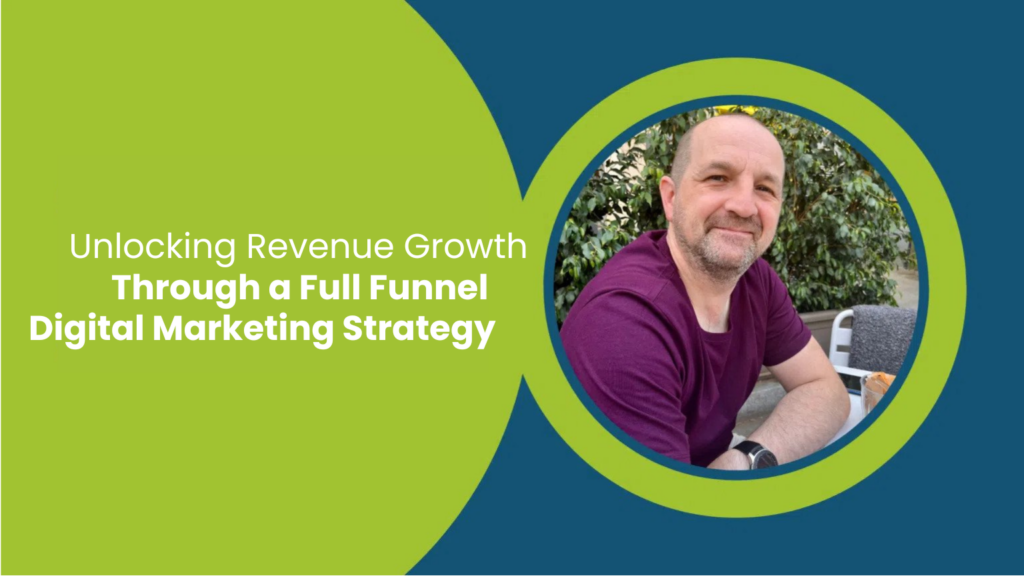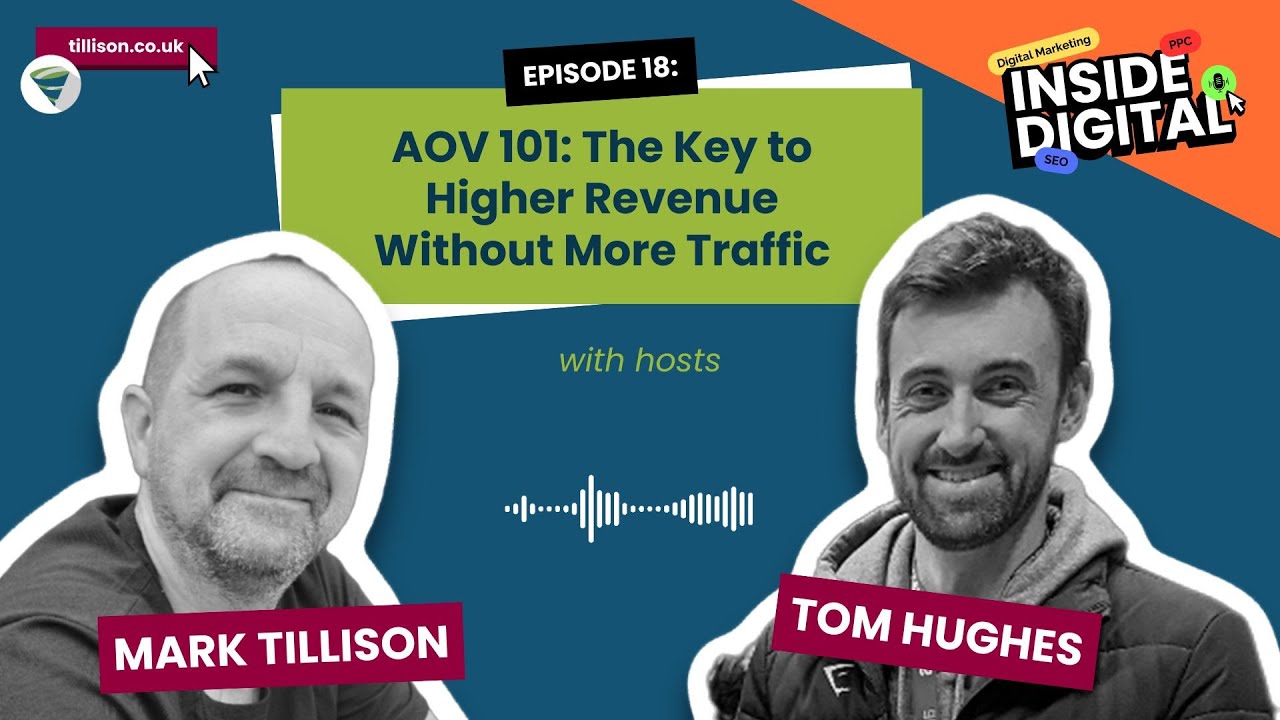
Growing an e-commerce business is often seen as a matter of driving more traffic and improving conversion rates. While these are important, there is another powerful lever that can increase profitability without the constant need for more visitors: Average Order Value (AOV). Understanding how to increase average order value can transform profit margins and create a more sustainable business model.
Even a small increase in AOV can lead to a significant rise in profits, often without changing marketing budgets or customer acquisition strategies. This makes it one of the most cost-effective areas to focus on when aiming to improve e-commerce profitability.
The Numbers Behind Average Order Value
Average Order Value is calculated by dividing total revenue by the number of orders. For example:
AOV = Total Revenue ÷ Number of Orders
If monthly revenue is £30,000 from 1,000 orders, the AOV is £30. At this stage, if the cost of goods is £20 and advertising costs are £8 per order, the profit is £2 per sale.
Now imagine increasing the AOV by just 10%. The new figure is £33. Even if the cost of goods rises proportionally to £22 and advertising costs stay at £8, profit per order increases to £3. This is a 50% improvement in profit from a small AOV rise.
A 20% AOV boost, to £36, would double profit per order to £4. These examples show why increasing AOV is not only about revenue growth but also about improving margins and long-term stability.
Strategies to Increase Average Order Value
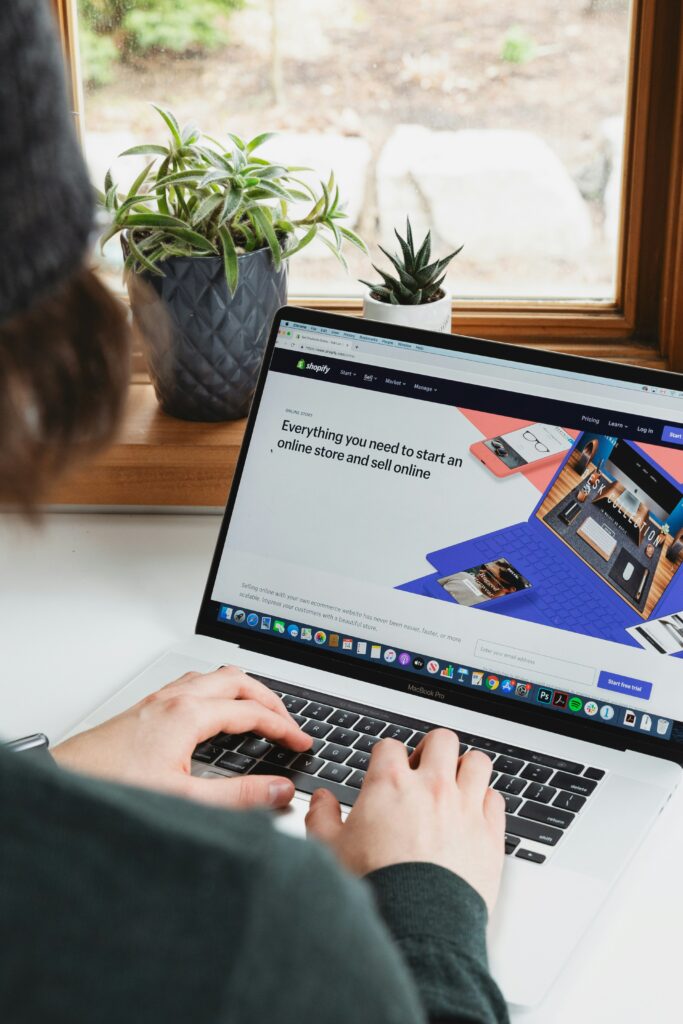
Knowing how to increase average order value is about implementing the right tactics, testing, and optimising them. Several proven methods can make a measurable difference.
Mobile-First Optimisation
With the majority of e-commerce traffic coming from mobile devices, product pages must be designed for small screens first. This is known as mobile-first optimisation. Key offers should be placed above the fold, meaning they are visible without scrolling.
For example, on a product page for a popular item, position bundle offers or discounts near the “Add to Cart” button. Deals like “Buy two, get 10% off” or “Save more with a multi-pack” are clear incentives for customers to spend more in one transaction.
Adjusting Delivery Thresholds
Delivery charges can strongly influence buying behaviour. Using a free shipping threshold encourages customers to add extra items to qualify for free delivery.
If the current AOV is £30, setting a free shipping threshold at £40 or £50 can prompt customers to add another product to reach the limit. Communicating this as “Spend £10 more for free delivery” is often more effective than stating the total threshold amount.
It is also worth testing e-commerce delivery charges. A small increase in the base delivery fee may not harm conversion rates but can make it more appealing.
Upselling and Cross-selling
Upselling and cross-selling are core techniques for increasing AOV. Upselling means encouraging the purchase of a more expensive or premium version of a product. Cross-selling suggests related or complementary products.
Examples include:
- Suggesting a protective case when a customer buys electronics.
- Offering premium packaging or extended warranties.
- Recommending “People also bought” items, similar to large marketplaces like Amazon.
Product Bundling Strategies
Bundling is another effective way to raise AOV. With this strategy, multiple related items are sold together at a discounted rate.
For instance, instead of selling a single skincare product for £15, a bundle of three products for £40 offers greater perceived value and convenience while raising the order value. This also locks in longer-term usage, reducing the need for repeat marketing efforts.
Pricing Strategies
Strategic use of e-commerce pricing strategies can also raise AOV. One counterintuitive method is to increase product prices slightly.
In the earlier example, if the price increases from £30 to £35 while the cost of goods remains £20, profit per order rises significantly. Even if the number of orders drops, overall profit may grow because each sale delivers more margin.
This approach must be tested carefully, but when executed correctly, it proves that higher AOV often equals better profitability.
The Role of AOV in Marketing Strategy
An AOV marketing strategy focuses on maximising the value of each customer purchase rather than simply chasing volume. This approach often results in a better return on ad spend, because every transaction contributes more to the bottom line.
Methods include:
- Strategic promotions designed to encourage higher spending.
- Loyalty programmes with rewards based on order size.
- Personalised recommendations using purchase history.
Is Higher AOV Better?
In most cases, yes. A higher AOV means each transaction is more profitable, which can offset costs in other areas such as advertising or fulfilment. However, the goal should be balanced with maintaining customer satisfaction and retention.
A sudden and steep increase in prices or overly aggressive upselling could damage customer trust. The aim is to offer genuine value while encouraging higher spending naturally.
Maximising AOV in Practice
To maximise AOV, combine multiple tactics and monitor the results. The best strategy for one store may differ from another, depending on product type, audience, and buying habits.
By layering the above techniques and reviewing the data regularly, AOV can increase without compromising customer experience.
Conclusion
In summary, learning how to increase average order value is one of the most powerful ways to improve e-commerce profitability. Whether through upselling and cross-selling, adjusting the free shipping threshold, applying product bundling strategies, focusing on mobile-first optimisation, reviewing e-commerce delivery charges, or testing e-commerce pricing strategies, the key is to implement changes that make sense for both the business and the customer.
When approached with testing, patience, and clear communication, even small AOV gains can have a big impact on profitability and growth.


